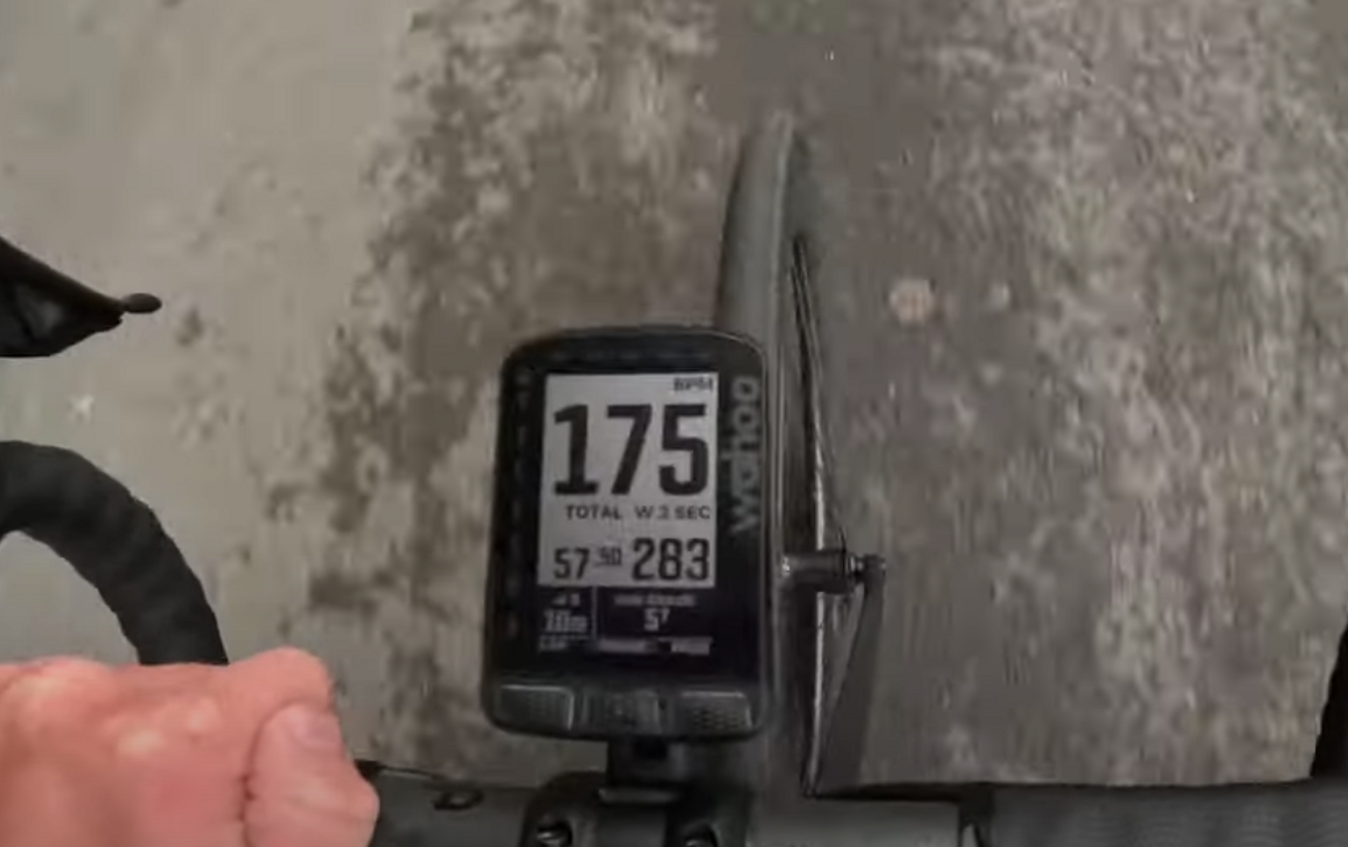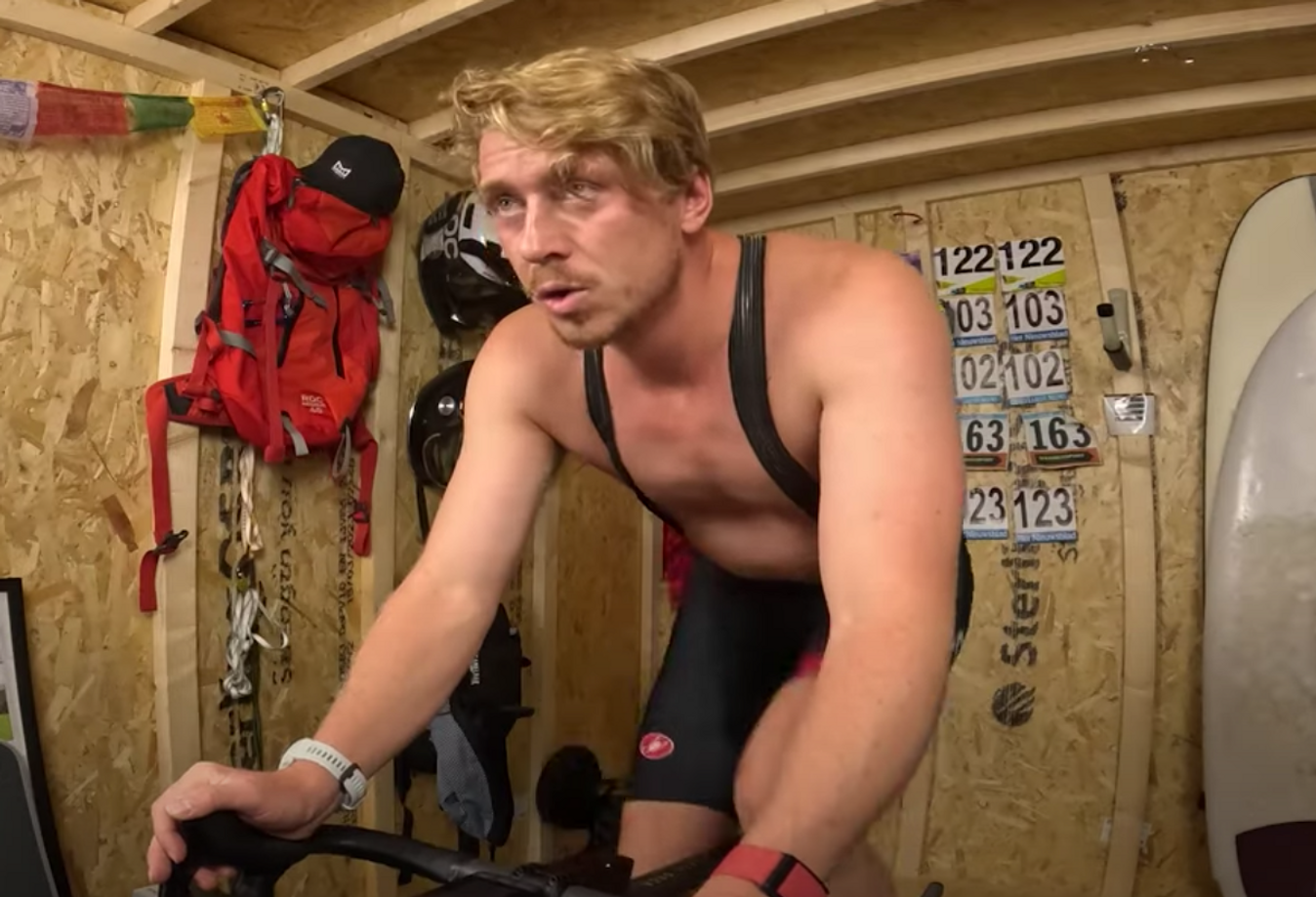20-minute, one hour or ramp test: Which FTP test is best?
There are a bewildering number of FTP tests available, but do they all provide the same end result? Hank tried seven different versions to find out
Tom Hallam-Gravells
Online Production Editor
FTP test: those two words are enough to make any cyclist sweat, triggering flashbacks to past fitness-test related traumas.
For those unfamiliar, FTP (functional threshold power) is the average power a rider can sustain for an hour. It’s the most frequently used metric in cycling for benchmarking a rider’s fitness, also essential for establishing training zones. On virtually every training app, FTP provides the base for training plans and sessions. Simply put, it’s the key to unlocking structured training, and is the number that every cyclist wants to increase.
Of course, an FTP number doesn’t simply generate from thin air, it has to be established through an FTP test. That’s where things get a little complicated as there are a mind-boggling number of FTP tests available, but are they all accurate and do they all arrive at the same number?
We decided to find out using James ‘Hank’ Lowsley-Williams as our guinea pig as he completed seven different FTP tests in seven days.
Read more: How to do an FTP test to measure your cycling fitness
Day 1 - Zwift 20-minute test

© GCN
Hank started with a 20-minute test on Zwift
The opening day served up a simple 20-minute test on popular indoor training app Zwift. This is the most popular test used by cyclists. The full test includes a set warm up and cool down, but it all boils down to the 20-minute effort in the middle. Your FTP is 95% of the average power you hold throughout this 20-minute period.
Hank’s FTP: 281 watts
Day 2 - 20-minute effort on a flat road
While most riders associate FTP tests with turbo-trainer-based suffering, they can also be completed out on the road. This is a little trickier, as any stop and starting will drastically affect the results, so always try to find a long, uninterrupted stretch of tarmac. Like before, Hank teamed up with his Orbea Orca for a 20-minute maximum effort, with his FTP taken as 95% of his average power.
Hank’s FTP: 285 watts
Day 3 - Two eight-minute efforts on the road

© GCN
On the third day, Hank completed two eight-minute efforts
For this test, Hank completed two full-on eight-minute efforts, with a 10-minute gap in between. This method can be better for less experienced riders as you don’t have to worry about pacing yourself as much, which is something many riders struggle with over 20 minutes and one hour (more on this one later). This time, the FTP is 90% of the average power sustained over the combined 16 minutes.
Hank’s FTP: 310-311 watts
Day 4 - Zwift ramp test

© GCN
Back into the pain cave for the fourth day
Many training apps, including Zwift, use ramp tests to estimate FTP. These start off at an easy effort which gradually gets higher, increasing by around 20 watts every minute. Anyone completing a test simply needs to keep riding for as long as they possibly can.
This differs from the other tests as it doesn’t contain one sustained effort, and that can be advantageous as it removes the pacing element. As mentioned previously, pacing a sustained effort can be really tricky and significantly impact FTP results if a rider gets it wrong and blows up. With a ramp test, there’s no need to think about this, it’s just a matter of riding for as long as you possibly can.
Hank’s FTP: 290 watts
Read more: Getting started with Zwift indoor training
Day 5 - 20-minute effort on a climb
As well as the type of FTP test, the terrain can also have an impact. For the fifth day, Hank put this theory to the test, completing another outdoor 20-minute effort, only this time it was on a climb.
Unfortunately in the UK we lack longer climbs, so Hank had to settle for Bannerdown near GCN HQ, a 2.7km ascent with an average gradient of 6.3%. As with most climbs in the area, the KOM is held by GCN-regular Andrew Feather, although there was no risk to that on this occasion.
Hank’s FTP: 294 watts
Day 6 - 60-minute effort on flat roads
As FTP is the maximum average power a rider can sustain for one hour, it’s completely logical that a one-hour test is the best route to establishing an accurate figure. However, pacing an effort of this length takes incredible skill. It’s also very painful, taking a lot of mental fortitude. A lot of the time our ability to suffer through a test is inhibited more by our mental ability to process the pain than our physical ability. For everyday cyclists who don’t put themselves through that length of suffering, it can be very hard to complete an accurate one-hour test.
Considering the pain and the suffering, we could have allowed Hank to skip this one, but that wouldn’t have been fun for anyone (except Hank of course).
Day 7 - Three 10-minute efforts on Zwift

© GCN
Hank's power FTP number varied over the seven days
This one is the most complicated option. The first is at 90% of your FTP, the next is at 100%, and the final effort is at 110%. In theory, a rider should be able to complete around five minutes of the final effort. Once finished, take the best 20-minute average power and this will be your FTP.
Are all FTP tests equal?
The simple answer is no. Throughout the seven days, Hank’s estimated FTP fluctuated from 281 watts at its lowest, all the way to 310 at its maximum. That’s a huge variation over such a short period. The higher figure, achieved from the two eight-minute tests, is an outlier though, with the other tests all calculating a FTP below 300 watts - so that test at least appears to be inaccurate.
The rest of the tests delivered results within a smaller range. These discrepancies can partly be explained by the variety between the tests, and it’s also important to remember that they’re only designed to accurately predict FTP. Multiple variables affect results too, like fatigue. Hank hadn’t completed an FTP test for years prior to the day 1 Zwift test, so he was likely rusty as well.
At the end of the day, each of the tests has its values. The key is to be consistent: once you’ve picked a test, stick to it and use it for any future efforts. That way you’ll ensure that you’re getting accurate results relative to your last ones. And if a test appears to return inaccurate results that result in training zones that are too easy or too hard, switch to an alternative until you find one that works.
Which FTP test do you use? Let us know in the comments.
For more training advice, head over to the training section on the GCN website, linked here.
.jpg?rect=957,780,3097,3060&w=600&auto=format)







.jpg?w=600&auto=format)



